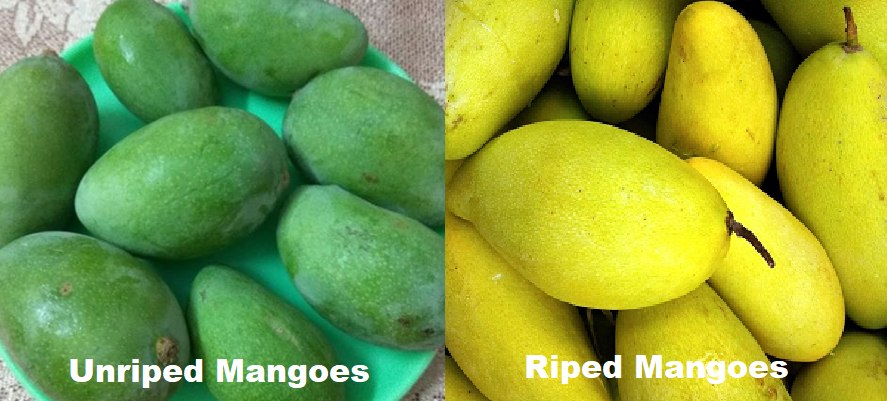National Fruit Of India | Mango

The Mango (Mangifera indica) is the national fruit of India. It has been cultivated in India since time immemorial. There are over 100 varieties of mangos in India, in a range of colors, sizes, and shapes. Common in the tropical part of the world, mangos are savored for their sweet juice and bright colors.
It is not only the National fruit of India but also of Pakistan, and the national tree of Bangladesh. It is also the unofficial national fruit of the Philippines.
A mango tree needs a tropical climate like that of India which is why it is a common sight to see a mango tree in your backyard and is the most cherished fruit across the country. Indians are experts to use mango in all forms riped and unripped, raw mango is common in the form of pickles, chutney, and sauce, and various beverages. While the ripe mango is formed as jams, jellies, frozen slices, canned products, dehydrated slices, and ready-to-serve beverages.
Suggested Read: Health Benefits of Mango
The poet Kalidasa sang its praises. Alexander the great savored its taste, as did the Chinese pilgrim Hieun Tsang. Akbar planted 100,000 mango trees in Darbhanga, known as Lakhibagh.
Mango are evergreen trees that are long-lived, some individuals still bear fruit after 300 years. Mangos have been cultivated in India for more than 4000 years, mainly for the tasteful and nutritious fruit.

Origin
The mango is native to southern Asia, especially Burma and eastern India. It spread in eastern Asia and eastern Africa. It was introduced in the western hemisphere in 1700 when it reached Brazil and West Indies.
Suggested Read: National Flower Of India
Nutrition Value
Mango is nutritionally rich and provides energy to the extent of 74 Kcal/100g. The fruit contains nearly 81% moisture, 0.4% fat, 0.6% proteins and 0.7% fibers. It contains nearly 17% carbohydrates and 0.4% minerals. It is also a rich source of vitamins A and C. The mango kernel contains up to 10% good quality fat that is used in the soap industry and also as a substitute for cocoa butter in confectionery.
Suggested Read: National Symbols Of India
